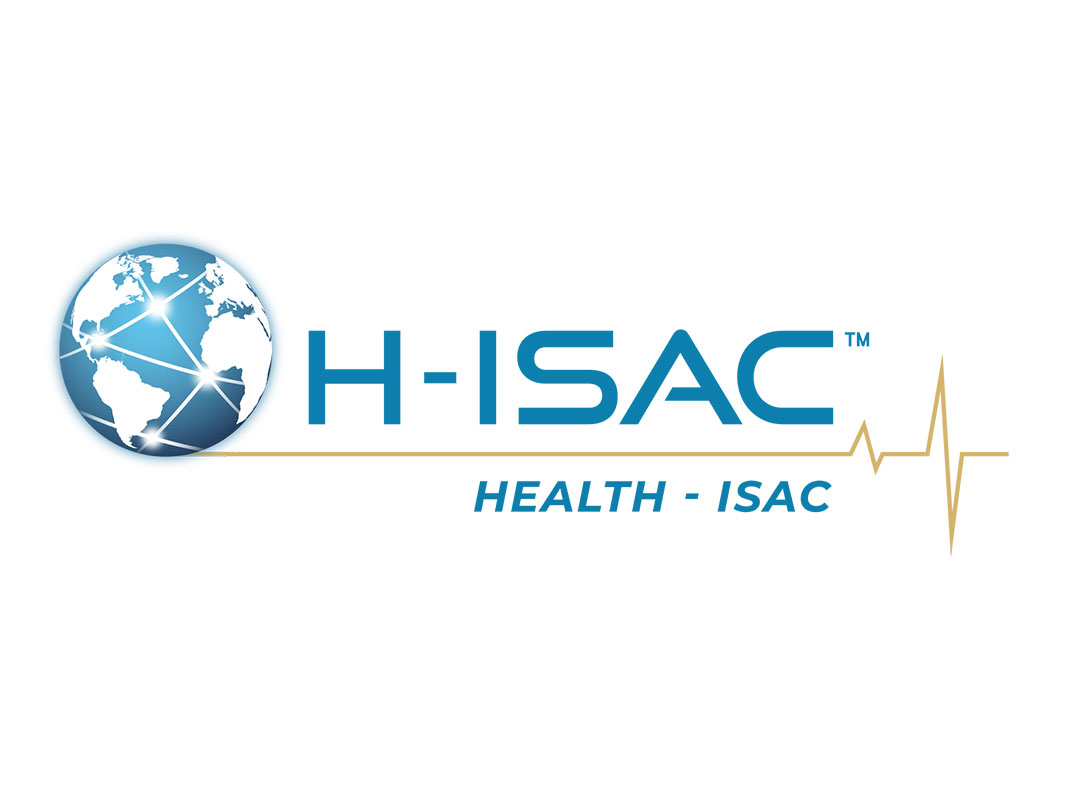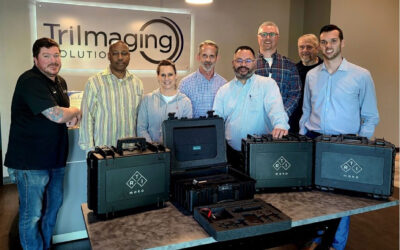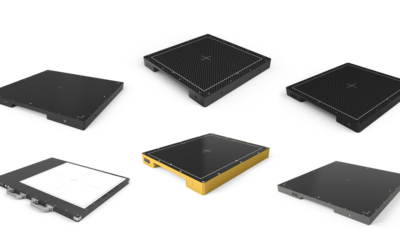 National Health Information Sharing and Analysis Center (NH-ISAC) – a community focused on sharing timely, relevant and actionable information to prevent, detect, and respond to cybersecurity and physical security events so that members can focus on improving health and saving lives – has changed its name.
National Health Information Sharing and Analysis Center (NH-ISAC) – a community focused on sharing timely, relevant and actionable information to prevent, detect, and respond to cybersecurity and physical security events so that members can focus on improving health and saving lives – has changed its name.
The nonprofit organization is now Health Information Sharing and Analysis Center (H-ISAC).
“There are a number of reasons we are making the name change,” says Denise Anderson, H-ISAC President and CEO. “By dropping the ‘National’ from our name and logo we aim to more accurately represent our international membership, member operations in hundreds of countries and the global nature of cybersecurity and cyber incidents.”
Currently, H-ISAC has members headquartered in countries such as Japan, France, Australia, Canada, Germany, Switzerland, the United States, Great Britain, Ireland, Israel and the Netherlands.
“As we have seen in a number of incidents over the last year, including WannaCry and Petya, cyber doesn’t stop at any one border. It is a global problem and we are a global community, and our name change reflects that,” says Anderson.
During the global Petya/Not Petya attacks of 2017, H-ISAC members played a key role in helping determine the attack vector, the way the malware spread and then developing a “vaccine” to stop the malware from spreading. This information was shared across the world.
Besides sharing timely, actionable and relevant information, the H-ISAC community also shares incidents/vulnerabilities, best practices, mitigation strategies and more. Sharing occurs both machine-to-machine and person-to-person. H-ISAC also fosters the building of relationships and networking through educational summits, webinars, worldwide workshops and collaborative white papers.
“Since we have joined, H-ISAC has become an extremely valuable resource to us. The ability to reach into a network of healthcare cybersecurity professionals from all around the world means that all members can react to cyber threats proactively and effectively,” says member Tony Clarke, Head of Information Security – ICON plc, Dublin, Ireland.
In addition, H-ISAC partners with other global security organizations such as governments, law enforcement, other ISACs and global CERTs to share information, create situational awareness and mitigate against threats and incidents.
For more information, visit https://h-isac.org.








